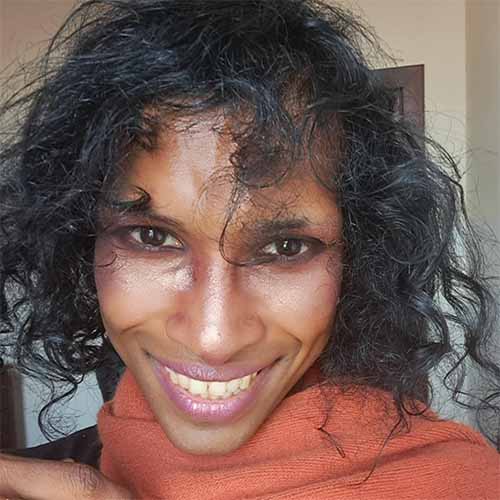Sordes



A small non-pterodactyloid pterosaur from Kazakhstan’s Karabastau Svita, Sordes pilosus has a rather unfortunate name, given to it in 1971 by Sharov on the basis of a remarkably complete holotype specimen.
The genus name roughly translates as filth or scum while pilosus means hairy, and in general it gives out an air of disgust and loathing, almost like hair caught in a shower drain. However, it is this so-called hair that makes the discovery so interesting.
The animal hails from the Kimmeridgian Stage of the Late Jurassic, to about 155 million years ago.
It shared its home with a small anurognathid named Batracognathus, and a few other small vertebrates and insects, which probably made up much of their diets.
Sordes is the first pterosaur to preserve direct evidence of so-called ‘pterofuzz’ or to be more specific, pycnofibers. Pycnofibers were certainly unrelated to the fur coats of syanpsids like mammals. These are filaments that form fur-like integument on the bodies of every pterosaur genus known, even extending down parts of their wing (as in Jeholopterus and Sordes itself), faces (as in Tupandactylus, while not covering the front of the jaws) and tails.
Both pterosaurs and all dinosaurs are part of the group Avemetatarsalia. It is thought that filaments were basal to the group, meaning that they were present in their most ancient common ancestor.
However, from skin impressions of non-avian dinosaurs, we know that some families experienced a secondary loss of such filaments over much of their bodies, including many large herbivores from numerous families and carnivores like Carnotaurus and Ceratosaurus. And of course maniraptorans, which includes birds. Basal coelurosaurs like tyrannosaurs and compsognathids definitely had at least primitive fur-like feathers.
It remains to be seen if even the ornithopod dinosaurs Kulindadromeus and Tianyulong were properly ‘feathered’ or if they just had a fluffy coat by means of convergence with the feathered theropods.
Adding to the confusion, a possible ancestral avemetatarsalian named Scleromochlus, shows signs of at least parts of its body being scaly. No remains of fluffy integument have been found with its fossils. Perhaps it did have them and they were not preserved, or perhaps it did not.
But by now it is almost clear that pterosaurs were warm-blooded and so were dinosaurs. Sordes itself was a small animal with a short wingspan of 60 centimeters.
Its head was large, and its back teeth were quite strong, adapted for crushing prey while its front teeth were for gripping. No bony or keratinous crests have been found, an unusual factor for most non-pterodactyloids and most pterosaurs in general.
0.65 m (2.1 ft)


